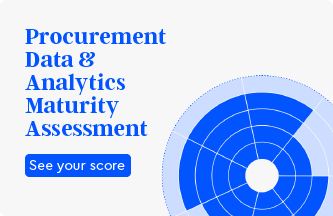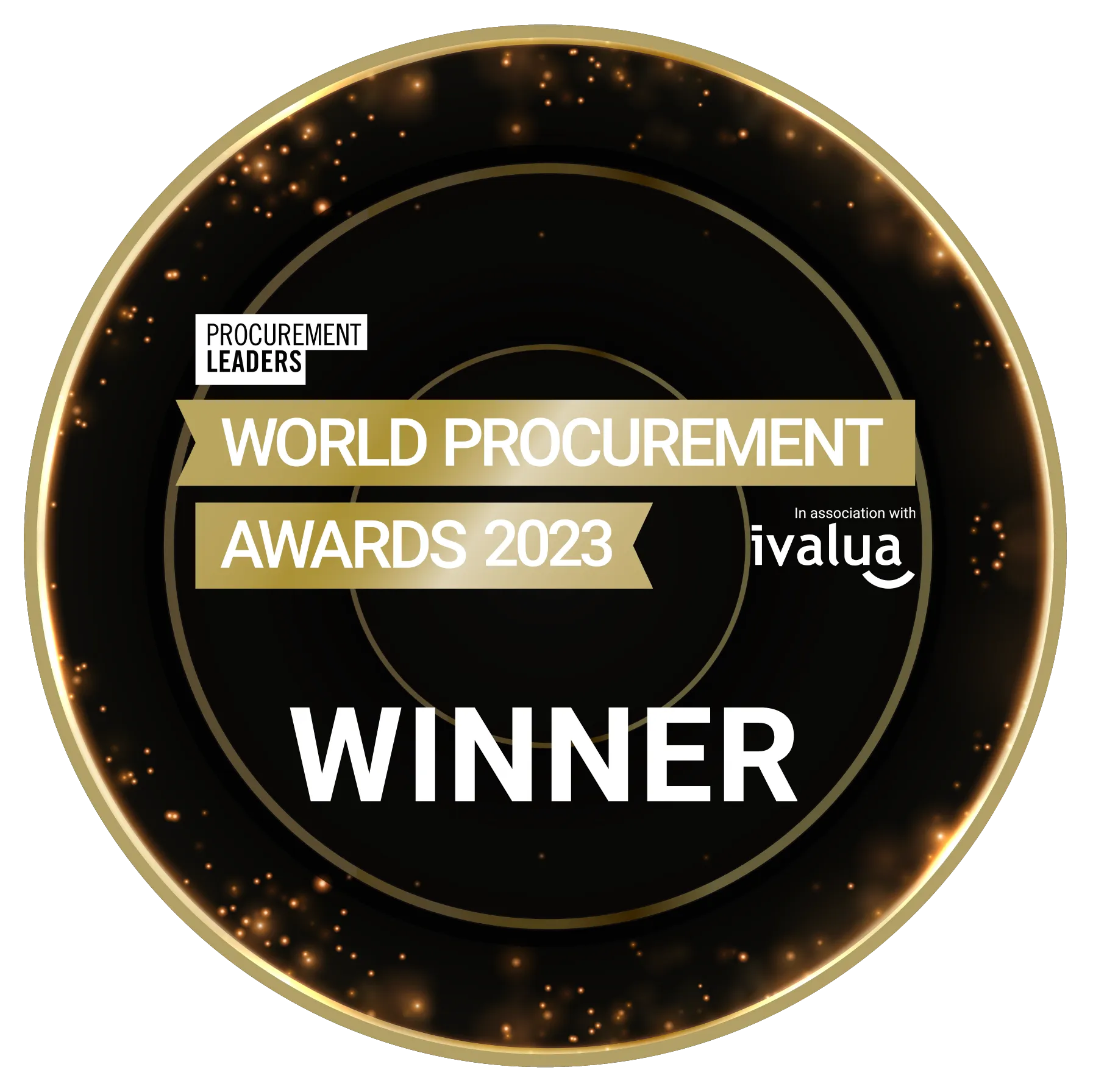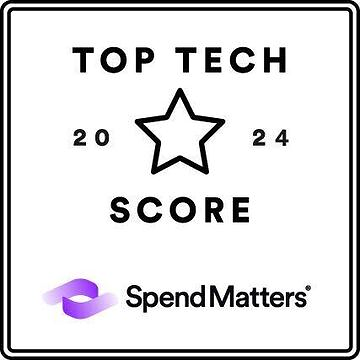Having a robust spend analysis solution in place has become a prerequisite for running a professional sourcing organization. But do you get all the possible benefits from your current spend cube?
At Sievo, we've worked with hundreds of clients across most industries. Here are 12 of the most important benefits that sourcing organizations get from advanced spend analysis. Are you already leveraging all of these?
1. Support creating and managing a category management organization
All procurement transformation projects tend to start with the same approach – and for a good reason! First, you create a spend cube to divide your spend into different categories. This serves as a foundation for dividing the responsibility for managing the spend.
As simple as it may sound, this is often the most difficult phase in any spend analysis exercise. This is because – to get there, you typically need to collect spend data from multiple source systems as well as cleanse and harmonize the data from different structures. Once your data is in order, it should be easy to conduct also the more advanced analytics described below.
2. Minimize maverick purchasing
All too often, sourcing organizations focus only on what happens before signing the contract. What may be surprising for many, is how often available contracts are not being used. This is true, especially in the case of indirect spend.
Minimizing maverick purchasing is not only about getting those better prices and terms that you have negotiated but more importantly, ensuring legal and CSR compliance through using approved suppliers.
After starting a systematic measurement, we have seen an average reduction of 40 % in maverick purchasing across our clients.
3. Rationalize supplier base
Rationalizing the supplier base is one of the most common levers of easy savings identification through spend analysis. Strategies include recognizing inefficiencies after growing through acquisitions, sourcing selected categories globally as well as managing tail spend by reducing the number of suppliers.
4. Benchmark performance against market development
My prices for chemical A have increased 25% during the last 12 months while my prices for logistics have reduced 10% during the same time period. Have I been successful in sourcing these two categories?
Well, naturally, you need to compare your performance against market development. You should find ways to systematically benchmark your performance in selected categories against relevant market indexes to make sure that you are not only performing well against your past performance but also keeping up with – if not beating – the market.
5. Optimize working capital
Optimizing working capital is one of the quick wins that you can take through robust spend analysis. Identifying categories and suppliers with lower-than-policy-level payment terms provides a great starting point for freeing working capital.
6. Identify price arbitrages
Theoretically, this is as simple as it gets – do you get the same price for the same items across suppliers and your business units?
In reality, it may be much more difficult since you may need to harmonize data across source systems to identify comparable purchases. And, how about incoterms and logistics costs?
7. Internal performance benchmarking
You can also benchmark your performance internally across business units/geographies. How much do you spend on facility management per sqm across units? How about office supplies per headcount?
8. Local vs. low-cost-country sourcing
This is a hot topic in many organizations. Low-cost-country sourcing may give you better price points while local purchasing can provide shorter lead times and lower logistic costs – most often also a lower carbon footprint. You should have the visibility to see how you comply with your policies across categories and geographies.
9. Improve delivery performance
Another quick win once you have the data in order. We have seen huge improvements in supplier delivery performance after taking a systematic measurement process into use. Being able to share delivery performance data with your suppliers overall and on a transaction data level has proven to bring results.
And – are your delays due to supplier performance or inbound logistics?
10. Manage risk
One of the major tasks of procurement is to minimize supply chain disturbances on production. With spend analysis, you can identify single-sourced items and develop a robust supplier base to ensure critical items are always available.
In addition, by combining your supplier data with external sources, you can identify the parts of your spend that are on suppliers with risky credit ratings.
11. Category-specific opportunity levers
Above, I have described mostly opportunity identification levers that can be shared across categories. Naturally, not all categories are similar in the end. There are a lot of category-specific levers that you can utilize to identify opportunities – be it controlling travel class in air travel, harmonizing job profiles in temporary labor, or analyzing packaging premiums in chemicals, you name it.
12. Improve data quality
One of the most common points of discussion that I have had in relation to spend analysis is the lack of sufficient data quality. While that may be true, the only way to improve your data quality is to use it. As one of our client CPOs once said: ‘Unused data will always be bad data’.




